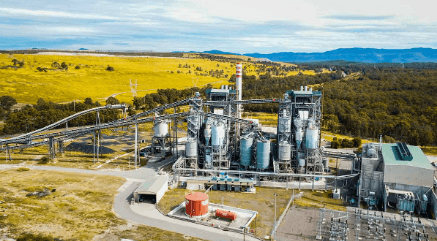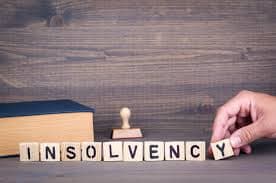Voluntary Administration
REACHING A BETTER SOLUTION FOR ALL PARTIES
Under Voluntary Administration — a business continues to trade, while the administrator seeks to find the best possible solution.
The objective of Voluntary Administration is to maximise the chance of an insolvent company’s continuation, or where the business cannot continue, to ensure a better return to stakeholders than immediate liquidation. Wexted is extensively experienced to act as an independent administrator.
WHAT ARE THE KEY ADVANTAGES OF VOLUNTARY ADMINISTRATION?
- A framework to provide a company with an immediate moratorium against legal action
- Landlord/lessors restricted from taking possession of property/leased equipment
- An opportunity for a restructuring plan to be proposed and considered to maximise the return for stakeholders
- During administration period, the company cannot be wound up Limits exposure to insolvent trading and personal liability
Voluntary administration often leads to better results for all stakeholders — granting relief from recovery action, and the time to develop an effective restructuring plan.
WORKING TOWARDS A DEED OF COMPANY ARRANGEMENT
A successful Voluntary Administration typically results in the proposal and acceptance of a Deed of Company Arrangement (DOCA).
A DOCA is a binding agreement between the company and its creditors (financiers, suppliers, landlords, ATO, employees).
FREQUENTLY ASKED QUESTIONS
Voluntary Administration is a process where an insolvent company appoints an external administrator to assess its financial situation and determine the best course of action for creditors and the company.
Companies typically enter Voluntary Administration to address financial difficulties, protect the business from creditor actions, and explore options to restructure or wind up the company.
Voluntary Administration under Part 5.3A of the Corporations Act (the Act) facilitates the development of a DOCA, allowing the company to restructure its debts and operations to maximize returns for creditors and potentially ensure its long-term viability.
VA creates a structured environment for creditors to negotiate terms, particularly under a DOCA. This can lead to outcomes that maximize recoveries compared to liquidation.
By appointing a Voluntary Administrator, directors fulfill their duty to act in the best interests of creditors when the company becomes insolvent, as required under Section 588G of the Act.
A Voluntary Administrator can be appointed by the company's directors, a secured creditor, or a liquidator.
The administrator takes control of the company, investigates its financial affairs, and reports to creditors. Creditors then decide on the company's future, such as returning control to directors, entering a Deed of Company Arrangement (DOCA), or proceeding to liquidation.
Under Section 437A of the Act, the administrator has control over the company's business, property, and affairs. They are responsible for investigating the company's financial position and reporting to creditors on the best course of action.
Administrators must assess the viability of trading on, including the availability of working capital, the risk of incurring trading losses, and the potential impact on secured creditors. They must also consider the Personal Property Securities Act 2009 (Cth) to ensure compliance with secured asset registrations.
The process typically lasts around 25 to 30 business days, but this can vary depending on the complexity of the case, public holidays and any extensions granted by the court.
Administrators must prepare a report to creditors under Section 439A of the Act, outlining the company's financial position, the investigation findings, and recommendations for the company's future (e.g., liquidation, DOCA, or returning control to directors).
Following the investigation and reporting, the Administrators are responsible for convening two key meetings:
First Meeting (Section 436E of the Act): Within eight business days of the appointment to allow creditors to confirm the administrator's appointment or replace them.
Second Meeting (Section 439A of the Act): Held to decide the company's future (e.g., DOCA, return to directors, or liquidation).
A DOCA is a binding agreement between the company and its creditors that outlines how the company's affairs will be managed to maximize returns for creditors.
A DOCA, governed by Section 444A of the Act, allows the company to restructure its debts and operations. In complex cases, such as those involving multiple secured creditors or trade-on scenarios, the DOCA must address competing interests and ensure compliance with statutory priorities under Section 556.
Employees may continue to work if the business trades during administration. Their entitlements, such as wages and leave, are prioritized in the event of liquidation or under a DOCA.
Employee entitlements are given priority under Section 556 of the Act. If the company trades on, the administrator must ensure that wages and entitlements are paid as they fall due. This ensures their claims are addressed ahead of many others, providing security that may not exist in other insolvency processes.
No, a moratorium is placed on creditor actions during the administration period, providing the company with temporary protection.
Section 440D of the Act imposes a moratorium on legal proceedings against the company during VA, except with the administrator's consent or leave of the court. The moratorium prevents legal proceedings and enforcement actions against the company during the administration period. This allows the administrator to focus on investigating the company's affairs and identifying viable options without the interference of legal claims or debt enforcement.
























